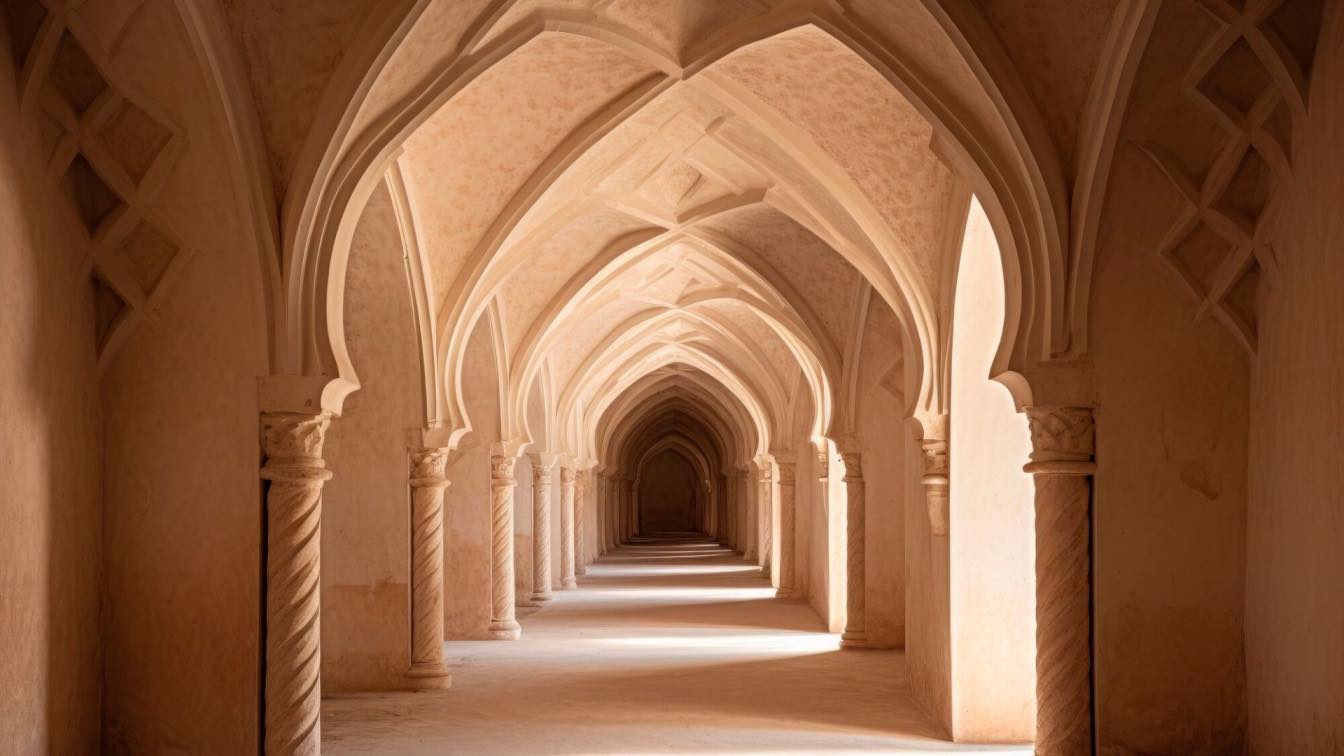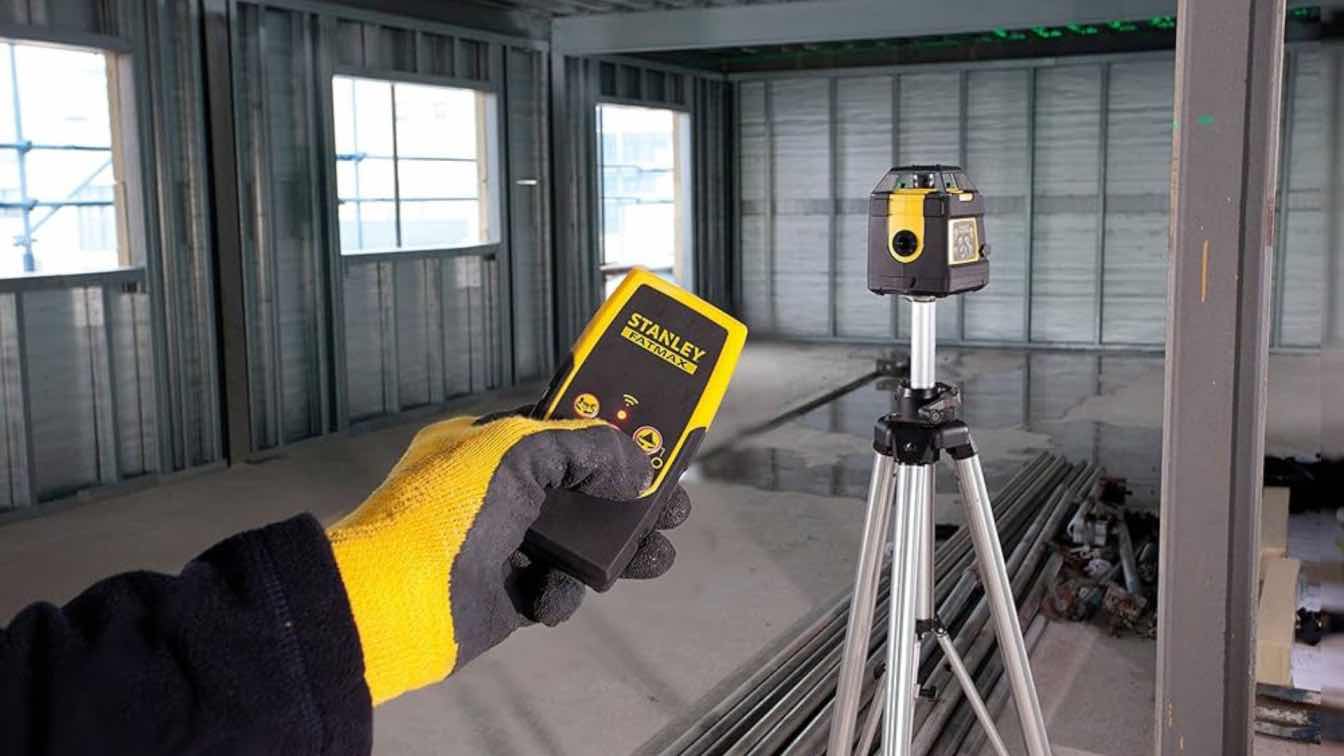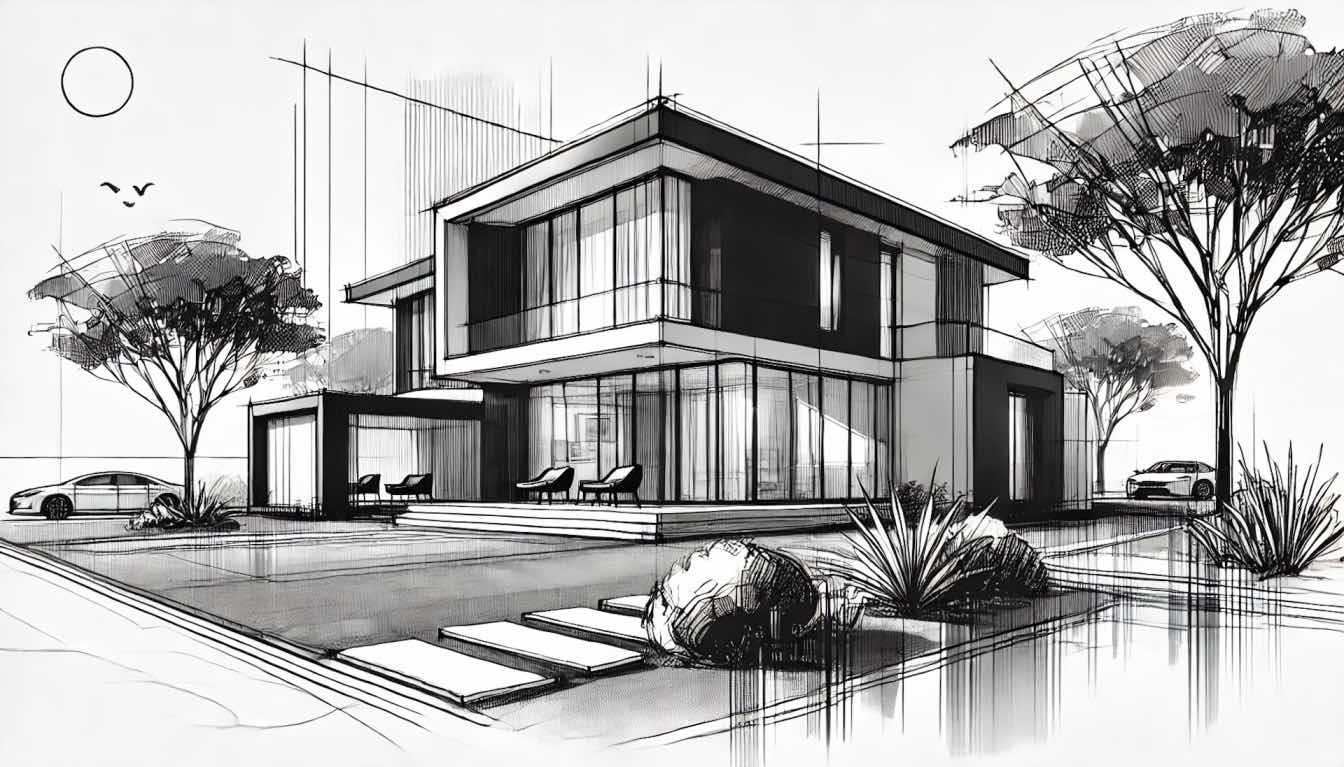A profession which is associated with man almost from the very time of his existence, is today in India, in the twenty-first century, seriously concerned about the quality and dwindling in-take of students to the degree course in architecture. Academicians and Governing Bodies of architecture colleges are scratching their heads how to tackle this serious issue of depleting students for this course, resulting in a cascading deterioration of the quality/zeal of the teaching faculty and lean funds dampening the basic requirements of much-desired creative physical environs that evoke innovation and design energy. Does a part of the malice lie in the observation of Prof. Manoj Mathur, former HOD of the School of Planning and Architecture, Delhi, “Teachers themselves have not learnt what to teach their students, never seen a site after college but are teaching building construction. Degree and Council registration only leads the horse up to the water, doesn’t make him drink it.”
Google says that there are 1045 architecture and planning colleges in India and the Council of Architecture website points out that there are 406 approved architecture institutions. Realistically, a majority of them are starving- providing skeleton standards in infrastructure, knowledge enhancement and energized research incentives. Although an optimistic by nature, but I do often feel disillusioned to see the hunger for knowledge in the young students in this field not being satiated. The end-product then is the graduation of a bunch of mediocre architects - for no fault of theirs. Barring institutions in our metropolis where efforts are made towards imbibing the craft of design and technology, elsewhere the pulse is definitely very low. Perhaps noted architect/writer Yatin Pandya’s metaphoric take sums it appropriately, “Once upon a time there existed nicely dotted learning parks (of architecture) distributed over the country’s landscape. There reigned some emperors. They started implanting Conocarpus breed in the park landscape. In no time it grew faster and faster and started feeling like a jungle. But once so many bloomed one understood that it drained the soil of its virtues, birds would not nest on them, does not flower or fruit, and pollutes the air. The soil often got devoid of nourishments, its increased density deprived them of sunshine and due to out grown numbers the right kind of gardeners were not available. The result was a meek and weak outcrop. Low in quality but scarily high in quantity. Yes, genetically defective. Looked green but dangerously red in real.”
Talking to an intelligent final year student the other day, he was pensively reflective and honest, “We are often told to be passionately involved, but now when I think of the future, passion alone is not going to help. The salaries being offered to fresh architecture graduates barring a few firms, to under-state, are dismal. Why would I suggest to my younger brother to join this profession, when others after graduation are offered three times the salary? I love architecture, but wonder why nothing is done by our regulatory bodies in this regard?” I honestly had no answer for him but probably his question is one of the answers why the young ones might be hesitating to plunge into this otherwise fascinating field of creativity blended with technology.
Distinguished architect/academician Vinod Gupta reinforces the thoughts of this young student architect, “There are over 800 colleges offering courses in architecture in India, far more than what the market requires. The architect was supposed to be the ‘master builder’ who would be responsible to get buildings built. The method of procuring building projects has changed and the architect is now responsible for only architectural design, the rest being the responsibility of the project management team. As compared to law, medicine or engineering, architecture has always been a low paid profession. With the glut of architects in the market, the fee being paid to architects is small, not commensurate with the effort needed to build a proper building. Naturally, the deficiency in project fee results in poor salaries for employed architects. With the changes in project management, fewer architects are required to design the number of buildings being constructed today. As a result of this mismatch in supply and demand, young architects are unable to find jobs that pay well. It is natural that there are fewer students wanting to join a long and expensive course in architecture. Some schools of architecture are closing down while others are reducing the fee charged. Eventually we shall reach a balance between the investment in time and money required to become an architect and the compensation that one would get by working as an architect. That would also be the time when architecture schools would be able to attract students again.”
Yes, we definitely need something dramatic, radical and pragmatic to uplift the prestige of the profession in society. At one level, we have recent inaugurations of mega projects like the Central Vista, the Bharat Mandapam, the YashoBhoomi international Convention Centre – all in Delhi. Do they enthuse an interest for architecture in society? Unfortunately, most of the credit or discredit has been taken by the politicians. Public perceptions about the profession are unfortunately rather low. The media sadly has by and large, focussed only on those catering to the glitz and glamor, distorting the very relevance of experiential design. The common man thereby is further alienated in becoming a participant. There’s a lot which has been discussed and debated on the curriculum, standards, etc in professional forums. But alas, very little fructification has taken place.
We are in an era of artificial intelligence, rapid technology advancement and a highly aspiring young India. If the stalwarts in architecture practice, education and the professional bodies don’t really galvanize to energize and vitalize the system, I’m afraid that in this competitive and progressive phase, architectural education in India is ultimately going to become the victim. A profession so rich, diverse and democratic in texture, art, innovation and modern technology – should not be allowed to lose her sheen. Distinguished architect and educationalist Christopher Charles Benninger’s essay “The Future of Architectural Education in India- The Crisis and Challenges”, indeed explores realms where progression is desired. At present, architectural education in India stands badly dented with little engine power. This large country has the privilege of exposure to a huge quantum of architecture that evokes emotion, makes powerful statements in form and functionality and above all- is driven by a desire to be with nature. Both, the traditional and contemporary architecture, have the potential to revive the public interest to patronize this profession. What is desired is a genuine surge amongst the architectural fraternity to robustly enthuse the young ones through a retrospect and revamp of the entire system of architectural education for the twenty-first century and beyond. It would take time, but then as is said, Rome was not built in a day
(Architect/author Suneet Paul based in Delhi and the former editor-in-chief of Architecture+Design, has an extensive experience in the field of architecture and design. He has written on diverse themes in the profession. He is recipient of two Lifetime achievement awards for architectural writing and journalism, and also the Ukiyoto Author of the Year 2022.)





